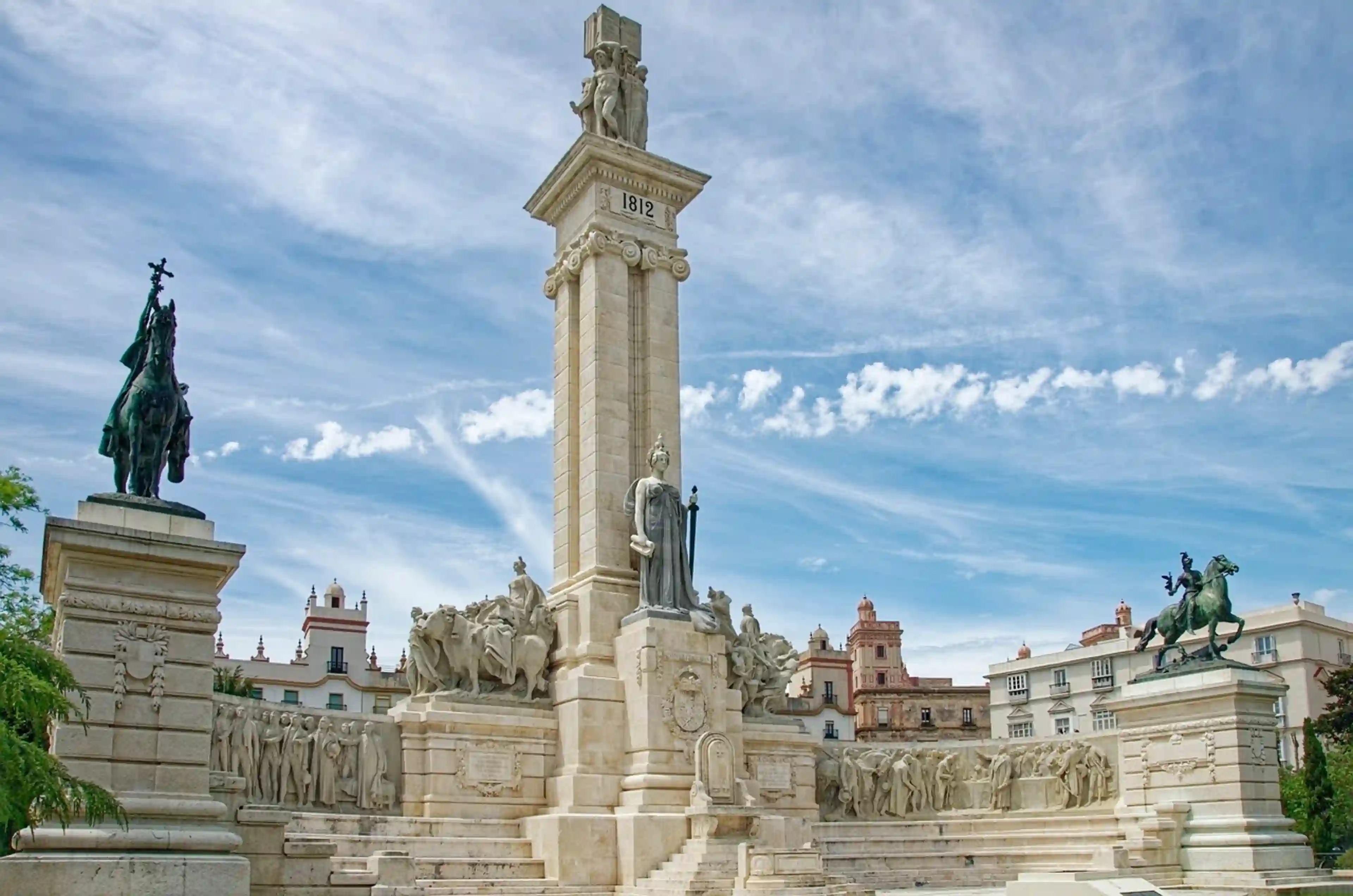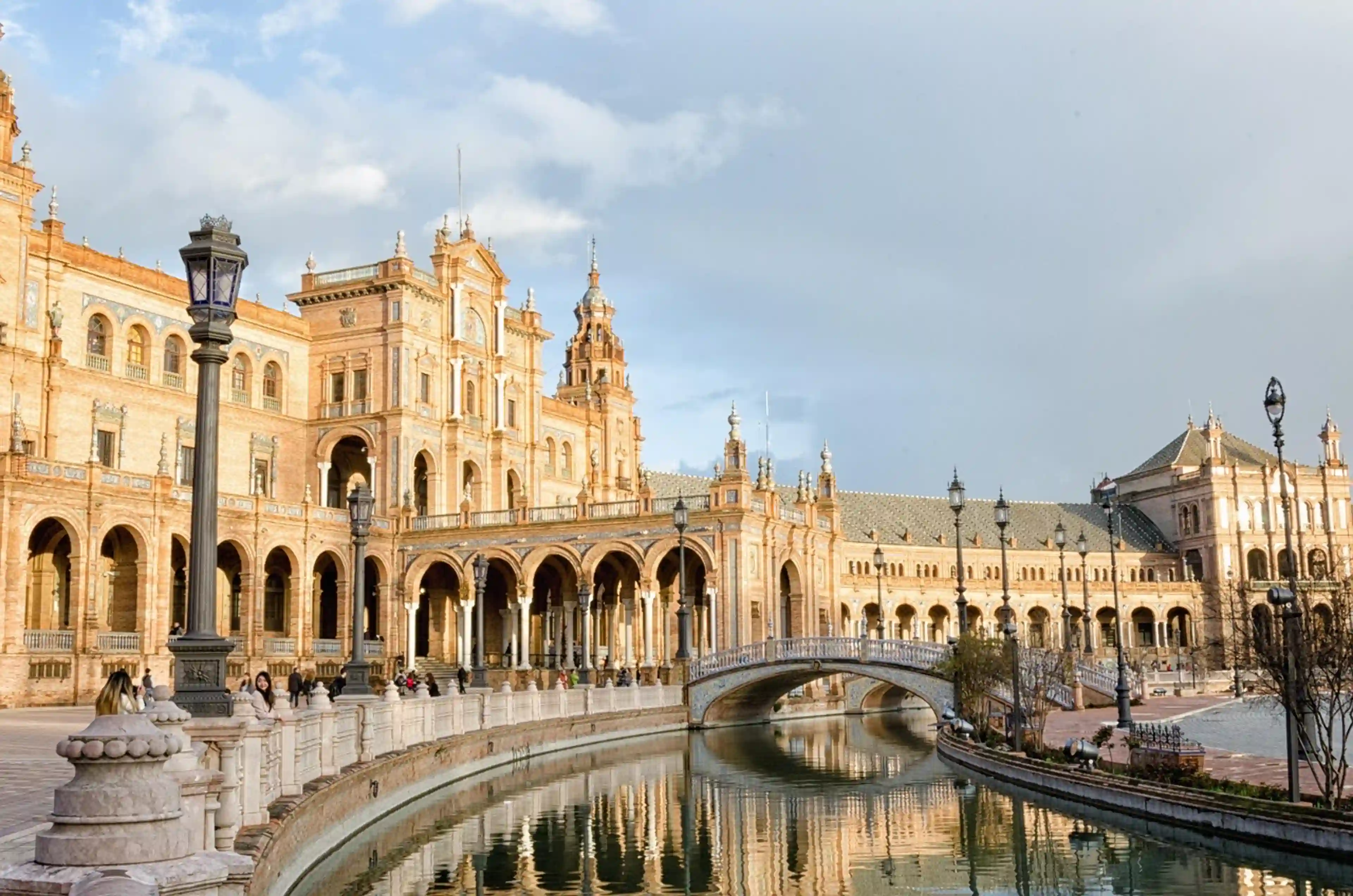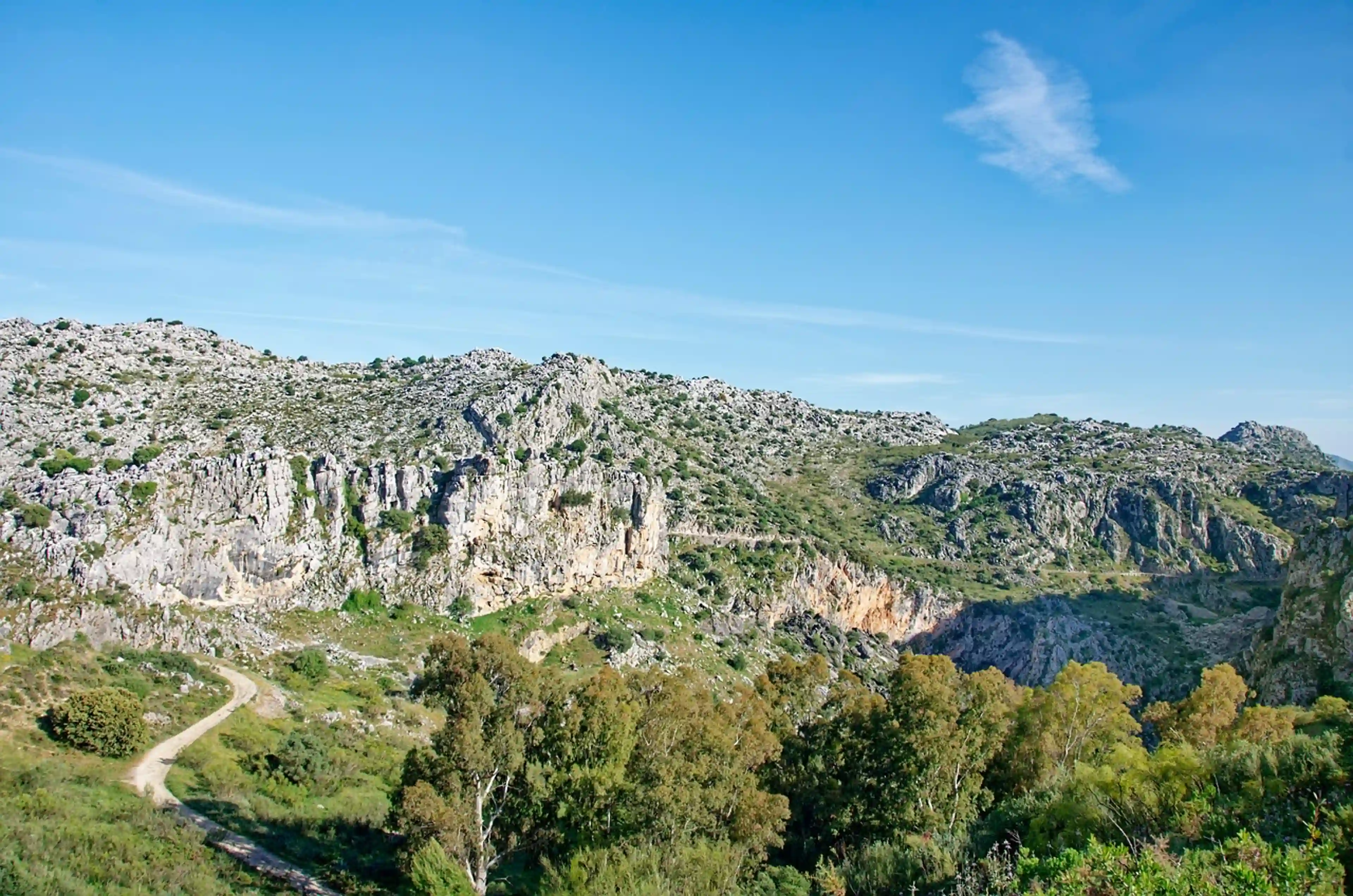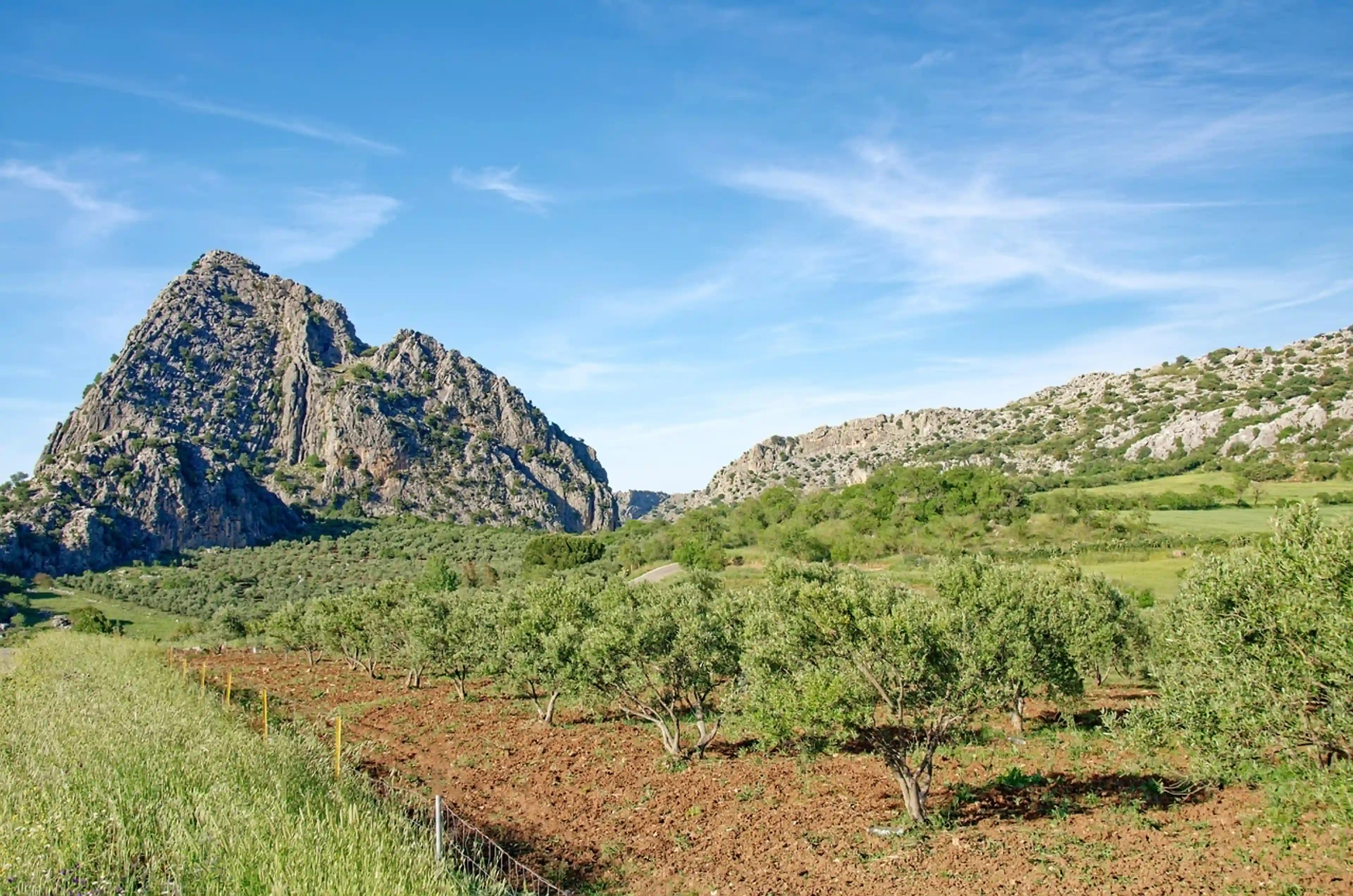Santiago de Compostela
General presentation
Top 50
History, culture & traditions
Travel advice
Wikipedia
Viator activities
Tiqets activities
General presentation
Global presentation
Capital of Galicia, this historic city is globally recognized as the endpoint of the famous pilgrimage of the Camino de Santiago. Every year, thousands of pilgrims and tourists are drawn to its rich architectural heritage, its cobbled streets, and its unique spiritual atmosphere. Beyond its religious significance, the city offers a friendly ambiance, blending centuries-old traditions with contemporary dynamism.
Geographical situation
Located in the far northwest of Spain, the city is about 40 kilometers from the Atlantic Ocean and nearly 100 kilometers from the Portuguese border. Nestled at an altitude of 260 meters, it is surrounded by lush valleys characteristic of the Galician region.
Ambiance and character
The destination exudes an atmosphere that is both spiritual and lively. The medieval streets of the old town, steeped in history, are frequented by pilgrims from around the world, creating a unique cosmopolitan ambiance. The lively squares, local markets, and traditional festivals contribute to a rich and dynamic cultural life that characterizes this millennial city.
Climate
The region enjoys a temperate oceanic climate, characterized by mild and humid winters and moderately warm summers. Rainfall is frequent throughout the year, peaking between November and February. Summer temperatures are pleasant, ranging between 19°C and 25°C.
Best season to visit
The ideal period stretches from May to September. During these months, temperatures are mild and rainfall is less frequent, providing optimal conditions for exploring the city and its surroundings. It is important to note that summer can be busier due to the influx of pilgrims and tourists.
Access
The city is served by the international airport located about 10 kilometers east of the city center. Regular buses connect the airport to the center in about 20 minutes, and taxis are also available. The train station offers connections to Madrid and other major Spanish cities.
Internal transportation
To get around the city, several options are available to visitors:
- Bus: A network of over 20 urban bus lines serves the different neighborhoods
- Taxis: Many companies operate 24 hours a day
- Car rental: Several local and international agencies offer their services
These means of transportation facilitate the exploration of the city and its surroundings, allowing visitors to fully enjoy all the riches it has to offer.
Top 50
Wikipedia
Viator activities
Tiqets activities



